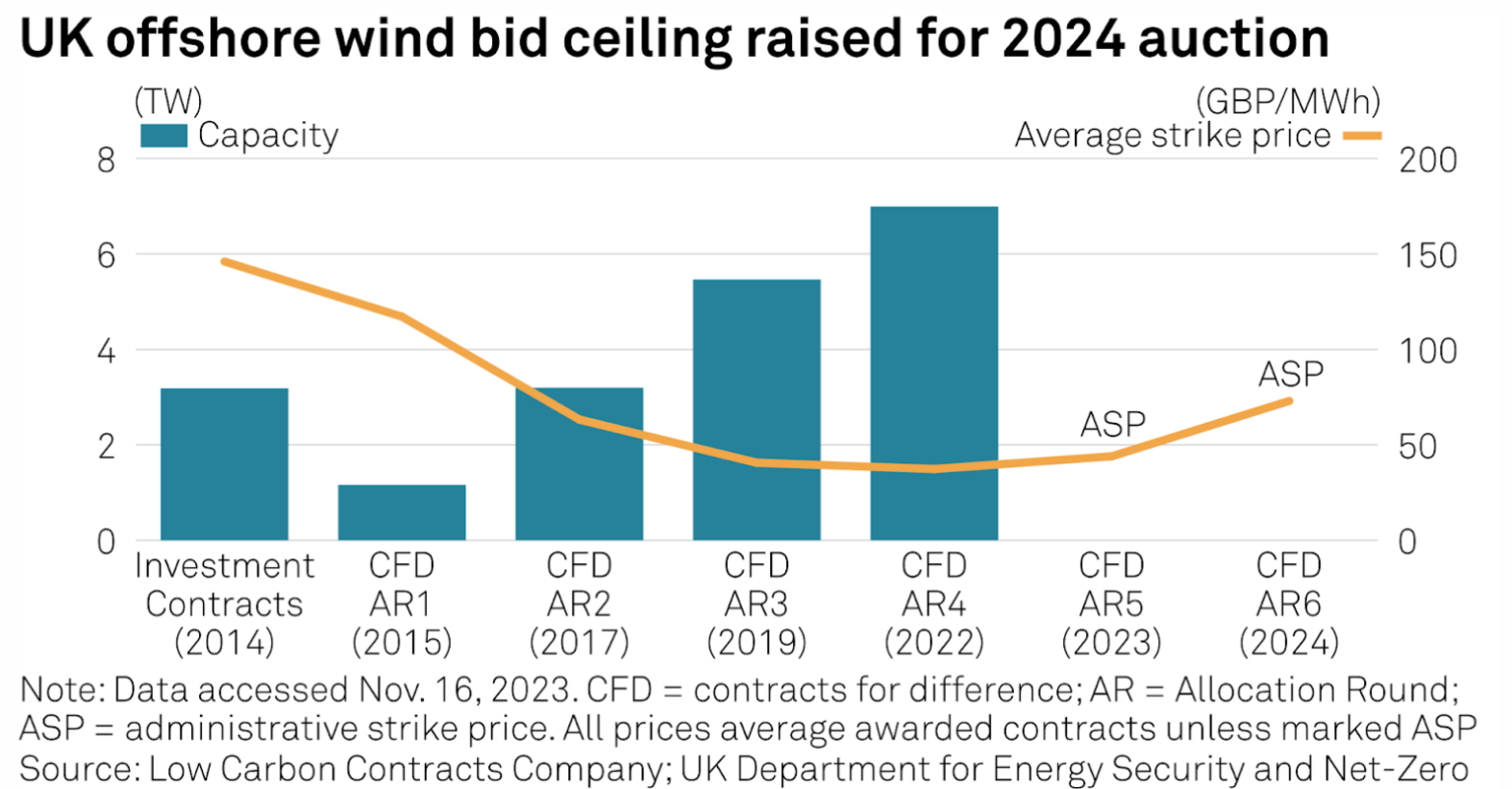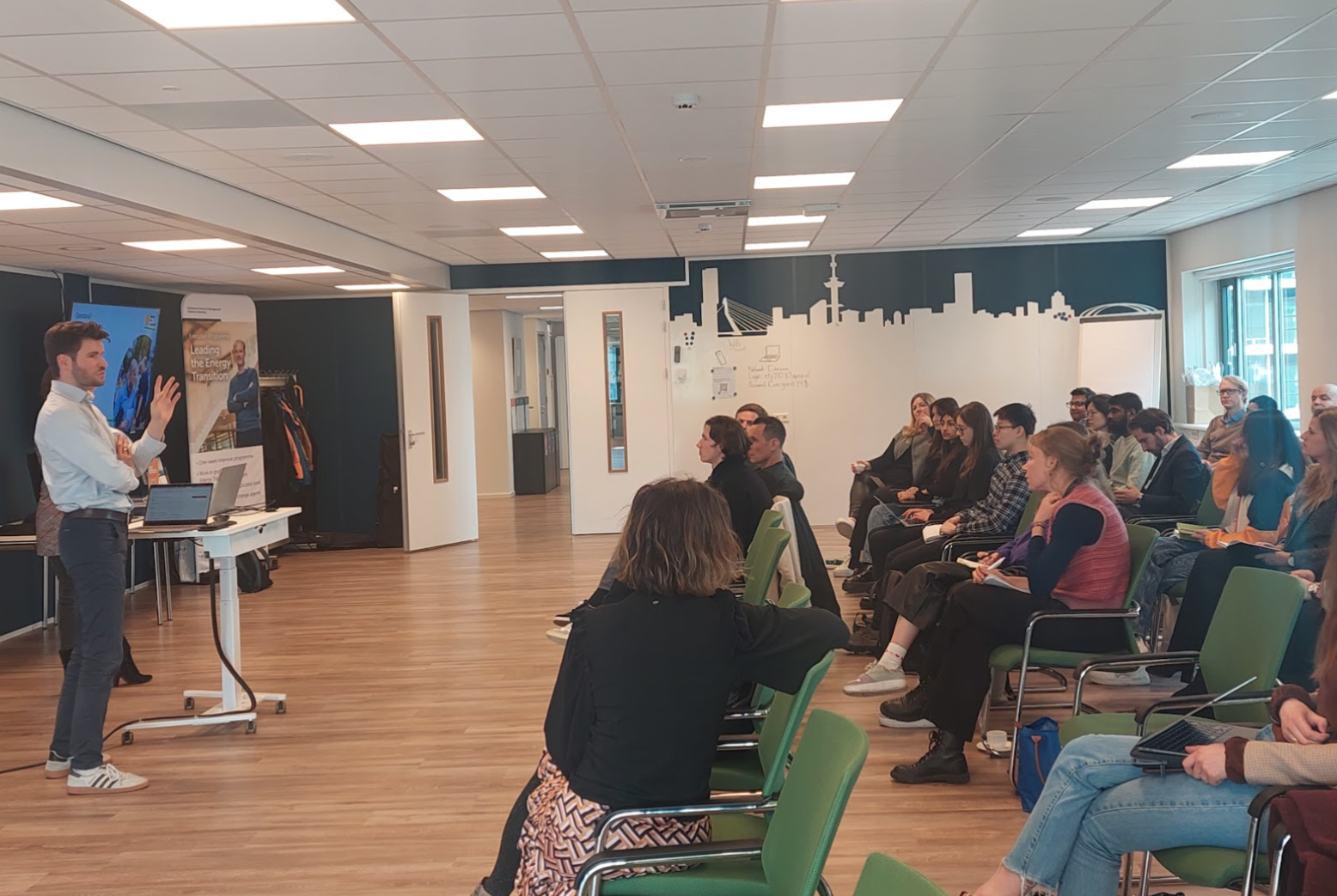Redesigning energy for people and planet


· 8 min read
In the journey to redesign energy for people and the planet, every stakeholder must recognise their crucial role in the energy transition, which will contribute to the acceleration and prioritization of user-centric infrastructure development. Industry leaders, policymakers, and grassroots activities are the catalysts for this change by providing citizens with a cultural environment and psychological safety to challenge and empower a collaborative effort of transitioning to a sustainable energy future. As global citizens, we are collectively responsible for coordinating ourselves and capitalising on the natural ecosystems around us.
Transitioning to a sustainable energy future requires a holistic approach that addresses the interconnected challenges of energy security, equity, and environmental sustainability. One key aspect of this transition is the need to decarbonize energy demand, representing the more challenging half of emissions mitigation. While significant progress has been made in decarbonizing energy generation through the deployment of renewable energy sources, reducing emissions from energy consumption remains a complex task.
Policymakers and government officials are at the forefront of this transformation. Their decisions shape energy policies, regulations, and incentives influencing investment patterns and industry practices. By implementing ambitious climate targets, fostering innovation, and supporting renewable energy projects, governments can create an enabling environment for sustainable energy development.
The trajectory of offshore wind development relies heavily on maintaining a delicate equilibrium between volume and price dynamics, particularly within Contracts for Difference (CfD) frameworks. These CfDs are vital for ensuring revenue stability to offshore wind projects while driving cost reductions over time. However, as subsidy schemes evolve, governments must adapt to shifting demands and technological advancements to sustain growth and innovation in offshore wind. This adaptability is crucial for securing a resilient energy future by fostering policies that reflect the changing landscapes of the market.
Innovation and technology are instrumental in propelling the advancement and commercialization of clean energy solutions, with offshore wind serving as a prime example. Advances in turbine design, installation techniques, and maintenance practices have significantly enhanced the efficiency and cost-effectiveness of offshore wind farms. For instance, integrating innovative materials and designs has facilitated the development of larger and more efficient turbines capable of harnessing higher wind speeds in deeper waters. Additionally, breakthroughs in installation methods, such as floating turbine platforms, have expanded the geographical reach of offshore wind projects, unlocking new potential in previously inaccessible areas.
Furthermore, innovation in grid integration and energy storage technologies enhances the reliability and flexibility of offshore wind power, addressing intermittency concerns and maximising energy output. Smart grid solutions enable efficient transmission and distribution of electricity from offshore wind farms to onshore grids, optimising energy flow and grid stability. Despite these advancements, offshore wind projects still face challenges related to the cost of capital and rising inflation, which can escalate project expenses and affect overall viability. Efforts to mitigate these challenges through innovative financing models, risk-sharing mechanisms, and policy interventions are essential to ensure continued growth and sustainability in the offshore wind industry.

Financial institutions and investors hold considerable sway in steering capital towards sustainable energy initiatives. By incorporating environmental, social, and governance (ESG) criteria into their investment strategies, they can facilitate the shift from fossil fuels to renewable energy sources. This approach encourages responsible corporate conduct and promotes transparency regarding carbon emissions, thus aligning financial incentives with sustainability objectives. However, the current landscape reveals a tension between the demands of financial markets and the imperative to transition towards sustainability. Integrated energy companies find themselves navigating this challenge with a dual approach of confronting breakdowns and fostering breakthroughs in the energy transition. This dynamic presents a complex political and business environment, compelling leaders to navigate uncertainty. As companies deliberate on new investment opportunities, boardroom discussions must center on the future price of carbon to ensure prudent decision-making and mitigate the risks associated with investing in stranded assets.
Industry leaders, encompassing CEOs and executives, wield significant influence in propelling the transition towards sustainable practices. Recognizing the urgency, they're increasingly committing to decarbonization efforts throughout their operations. This commitment involves prioritising the reduction of carbon emissions across the value chain, securing financing for green initiatives, and investing in sustainable infrastructure. Collaboration between the public and private sectors is paramount to establish clear guidelines, ensure consistency, and create an equitable landscape for sustainable energy endeavours. Establishing robust collaborative frameworks is essential to minimise uncertainties in decision-making processes. Organisations can mitigate potential risks and uncertainties by incorporating diverse perspectives and expertise, resulting in more informed and confident strategic decisions. Reducing uncertainties enhances the efficacy and efficiency of decision-making, facilitating progress towards overarching sustainability goals.
Globalisation and international cooperation are paramount in advancing the energy transition, particularly in supporting developing countries' efforts. While developed nations focus on scaling up renewable energy deployment, developing countries prioritise accessing funds, technology, and knowledge to address their energy needs sustainably. Consistency in international policies, mandates, and incentives can help level the playing field, ensuring that all countries receive the necessary support for transitioning to clean energy.
Prioritising fairness and equity is essential to mitigate the disproportionate impact of the energy transition on vulnerable communities. Policymakers and industry leaders must involve diverse voices in decision-making to promote inclusivity and build consensus around sustainable energy solutions. This inclusive approach is vital for achieving a just transition that considers the needs and concerns of all stakeholders, particularly those most affected by the shift away from fossil fuels.
Redesigning energy systems to benefit people and the planet requires a collaborative effort from all stakeholders. By prioritising decarbonization, optimising energy consumption, and embracing diversity and collaboration, we can overcome the challenges of energy security, equity, and environmental sustainability. Through innovative solutions, collaborative partnerships, and a commitment to justice and inclusivity, we can create a more accessible, affordable, and clean energy future for future generations.
Acknowledging the diverse array of perspectives on the energy transition is crucial for fostering inclusivity and ensuring that progress benefits all. Each stakeholder brings unique insights and challenges to the table, making a one-size-fits-all approach ineffective. By embracing this diversity and actively engaging with stakeholders from various sectors, we can tap into a wealth of collective wisdom and creativity necessary to tackle complex energy issues effectively.
Industry stands to gain from aligning incentives with sustainability objectives. Existing market dynamics and regulations often prioritise short-term profit over long-term environmental goals, hindering the adoption of clean energy technologies. To overcome this barrier, innovative measures such as implementing a global carbon price or introducing government-led initiatives to support early adopters in the transition to clean energy could serve as powerful catalysts for change. Furthermore, fostering collaboration between the public and private sectors is essential for driving progress on a large scale. By joining forces to develop and implement policies, projects, and initiatives, governments, businesses, and civil society organisations can leverage their combined strengths and resources to expedite the transition to a sustainable energy future. This collaborative approach also facilitates addressing energy access disparities, particularly in underserved communities and developing nations, underscoring the importance of communication and open dialogue in aligning shared goals and propelling sustainable progress.
Grassroots movements and civil society organisations are indispensable forces driving social and environmental justice within the energy sector. By mobilising communities and holding governments and corporations accountable, they shape energy policies and projects towards a more equitable and sustainable future. These grassroots campaigns have been pivotal in opposing fossil fuel endeavours, championing renewable energy initiatives, and advocating for policies that prioritise the well-being of both people and the planet. Recognizing that societal momentum often outpaces regulatory measures, the democratic advancement in technology, policy, and financing is vital for facilitating a just transition in the energy landscape.
Education and public awareness play a fundamental role in forging a path towards a more sustainable energy future. By disseminating knowledge about energy efficiency, renewable energy sources, and climate change mitigation, we empower individuals and communities to take proactive steps. Through education programs, outreach efforts, and public campaigns, we can debunk myths and misconceptions surrounding clean energy, motivating people to embrace sustainable practices and participate in the burgeoning green economy.
Timely responsiveness on the demand side of energy consumption is critical for optimising efficiency and reducing waste. Demand-side management strategies, including demand response programs and smart grid technologies, allow consumers to adjust their energy usage in sync with supply fluctuations and price signals. By incentivizing energy conservation and encouraging consumption during off-peak hours, these strategies not only balance supply and demand but also alleviate pressure on the grid, leading to enhanced reliability and cost-effectiveness in the energy ecosystem.

Future Energy Leaders Netherlands Masterclass at Erasmus University
As we move forward on this journey, it is essential to remain mindful of the urgency of the task at hand. The climate crisis is accelerating, and the window of opportunity to mitigate its worst impacts is narrowing. We cannot afford to delay action any longer. It is time for bold leadership, decisive action, and unwavering commitment to a sustainable energy transition.
In closing, let us remember that the power to create change lies within each of us. By coming together, sharing our knowledge and resources, and working towards a common goal, we can build a future where energy is a force for good—for people and the planet alike. Let us seize this opportunity to redesign energy for a better, brighter tomorrow.
An active approach to humanising energy closes gaps ensuring a democratic, decentralised, digitised decarbonised world where we connect our energy needs with environmental responsibility.
illuminem Voices is a democratic space presenting the thoughts and opinions of leading Sustainability & Energy writers, their opinions do not necessarily represent those of illuminem.
Kasper Benjamin Reimer Bjørkskov

Degrowth · Regeneration
illuminem briefings

Biodiversity · Sustainable Lifestyle
Jesse Scott

Carbon Market · Carbon Regulations
Al Jazeera

Effects · Climate Change
Forbes

Sustainable Living · Climate Change
Nikkei Asia

Carbon Market · Carbon